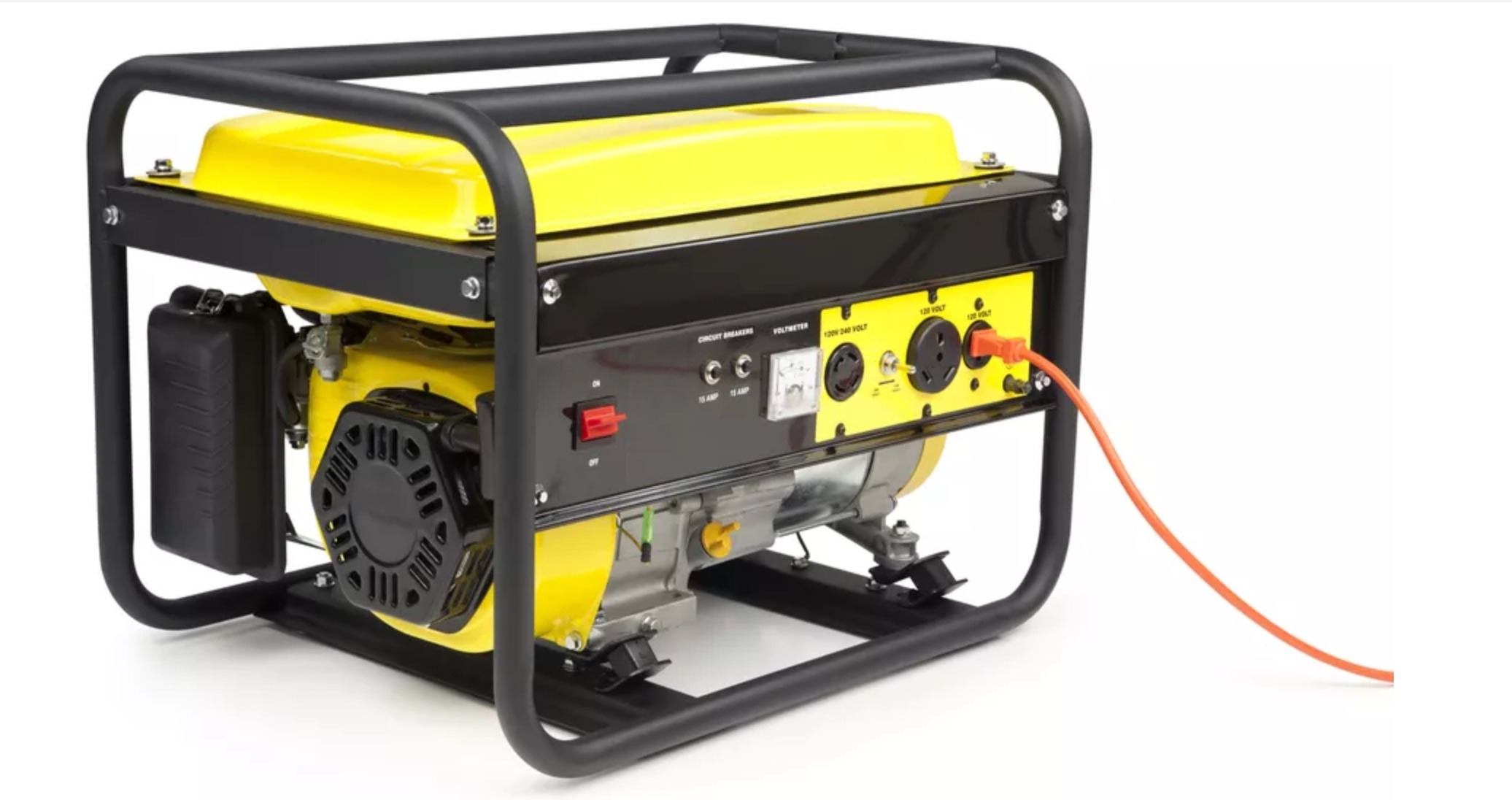Generators can be pretty helpful but only if they are used the right way.
Improper usage can lead to critically damaging accidents, and sometimes even cause casualties.
For example, carbon monoxide exposure and electrocution from generators have been reportedly the most concerning safety issues with generators.
Thankfully, with safe use practices, it is possible to avoid such casualties.
Here are a few tips to help you use your generator in the safest way possible.
1. Avoid Operating In Or Near Your House
Most generator manufacturers mention clearly the dangers of carbon monoxide poisoning. Despite that, hundreds of people die every year from operating a generator in their garage or near their house.
It is better to place and run your generators at least 12 feet from your home. The gap should allow the exudes to disperse and you and your family would not be exposed to dangerous carbon monoxide.
2. Never Backfeed Into Your Home
Although there are hundreds of articles online that can teach you how to DIY backfeed your generator. But, note that the practice is potentially dangerous and kills hundreds of people every year.
Besides, it is also illegal to backfeed generators into your home. However, if you still want it done it is better to get in touch with a professional.
3. Avoid Bad Fuel To Prevent Damage
If you didn’t know, stale or bad fuel is the number one reason for starting problems in generators. Every manufacturer provides details of the right fuel to use in the generator. Try following those guidelines.
Notably, using the wrong fuel can also damage the engine in your generator. And, as a result, you may need to call for Emergency Generator Repair to get it running once again. The professionals may need to clean the engine inside out to get it operational.
4. Let It Cool Down Before Refilling
In most generator designs, fuel tanks are placed on top of the engine. It is generally designed to assist gravity-feed of the gas from the tank to the engine. However, as assistive, as it may seem the design is also pretty dangerous.
It is advised to let the engine cool down before you refuel your generator. The reason is obvious, pouring fuel into the tank while the engine is hot may start a fire. Unless you are too cautious not to spill any gas on the hot engine, the accidents are real. Perhaps, it is best to let the engine cool off and then refuel the tank.
5. Operate Generator On A Level Surface
Most generators use a “splash” lubrication system. The crankshafts dip a scooper into the oil, which is then splashed onto the moving parts
Operating your generator on an unlevelled surface can lead to uneven lubrication. Now, that can cause catastrophic damage to your generator. Indeed, it is best to operate your generator on a leveled surface with a tolerance of plus-minus 10 degrees.
The Bottomline
Backup generators are lifesavers, especially now when most of the world’s professionals are working from home. A power outage for a few minutes can cause severe losses, let alone the losses that businesses may incur if the outage were to last for hours.
Operating generators the right way not only ensures safety for you and your family but can also help you in your profession.

